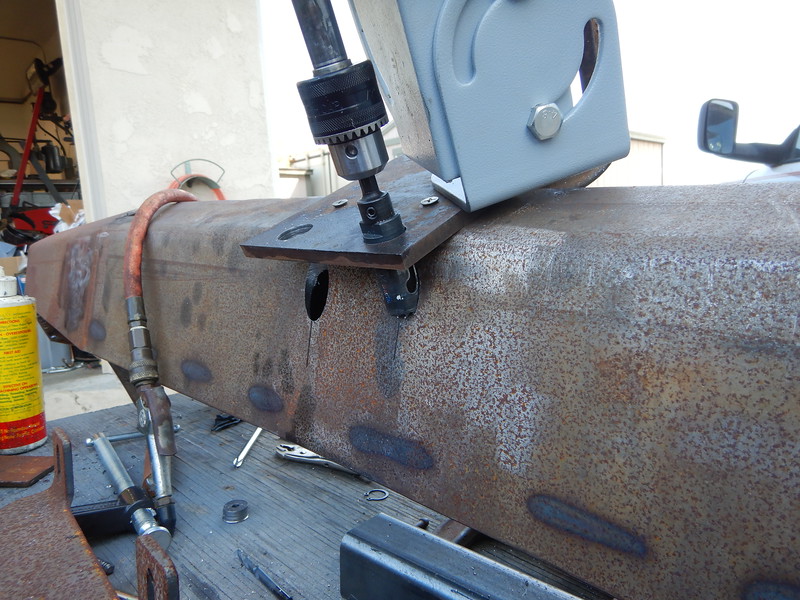^ that's true but inaccurate points can also be a problem if you need a hole of given size so it's not a sloppy fit, and I want that most of the time. I do have a fancy bit sharpener affair, but I also bought a used General bit holder rig that you mount next to a bench grinder and gives very accurate sharpening, it was all of $10 at the flea market for a pristine example (maybe $20 new) and gives good result and is fun to use. Sure you need a bench grinder but most DIYers have one already. Now, of course, none of that beats the satisfaction of doing it entirely by hand on a hand grinder just by eyeing things out, but I'm not there yet...
The purpose of drilling is not to make a hole of a given size. It is to make a hole within the tolerance range for the next operation or a clearance hole for a fastener.
Drills do not make on size holes well. Drills do amazingly well at following the center of rotation. The proper drill can drill infinitely long holes with incredible location accuracy, but size is usually secondary.
Accurate size holes are made by subsequent operations such as boring, reaming, honing, burnishing, forming.
It is incredibly easy to sharpen a HSS twist drill by hand and get something that works well enough.
Keep in mind here if you are drilling through steel by hand the first drill you start with should be a split point drill. You aren't going to sharpen one of those by hand. When that gets dull you throw it away and grab another.
The following drills you use to step out the hole have no reason to be split point. The center isn't cutting and if you sharpen it off center it doesn't matter one bit because the center point has no bearing on the drilling operation.
RE: Drill sharpeners-
When I went into the manufacturing business I bought a huge 30"x60" cabinet at auction filled with about 900 lbs of freshly sharpened HSS drill bits in every size under 1/2"- Letter, number and fraction. I quickly found the reason why they were sold was because the employee that sharpened them all did every one of them wrong in some kind of sharpening machine. Tens of thousands of drill bits and not one will make a chip. Any drill sharpening jig or machine is subject to human error. Before a person uses a machine to do it they should be forced to do it by hand so they get what they are trying to accomplish.
I remember I was taught how to sharpen drill bits in High School metalshop class. I didn't retain that info, but years later I was faced with my deadlines and livelihood depending on drills being sharp. I stared at the melted end of a twist drill for a minute and concluded there was really only one way you could grind a new cutting edge on there, spent a few minutes standing in front of a belt grinder with a cup of cooling water and I had a drill bit that cut like new. I think that really is a great way to learn how to do it- Logic your way through, visualize what the drill tip is doing when cutting and follow that up with visualizing the motion you would have to move the drill bit in to create the proper cutting edge and clearances.


